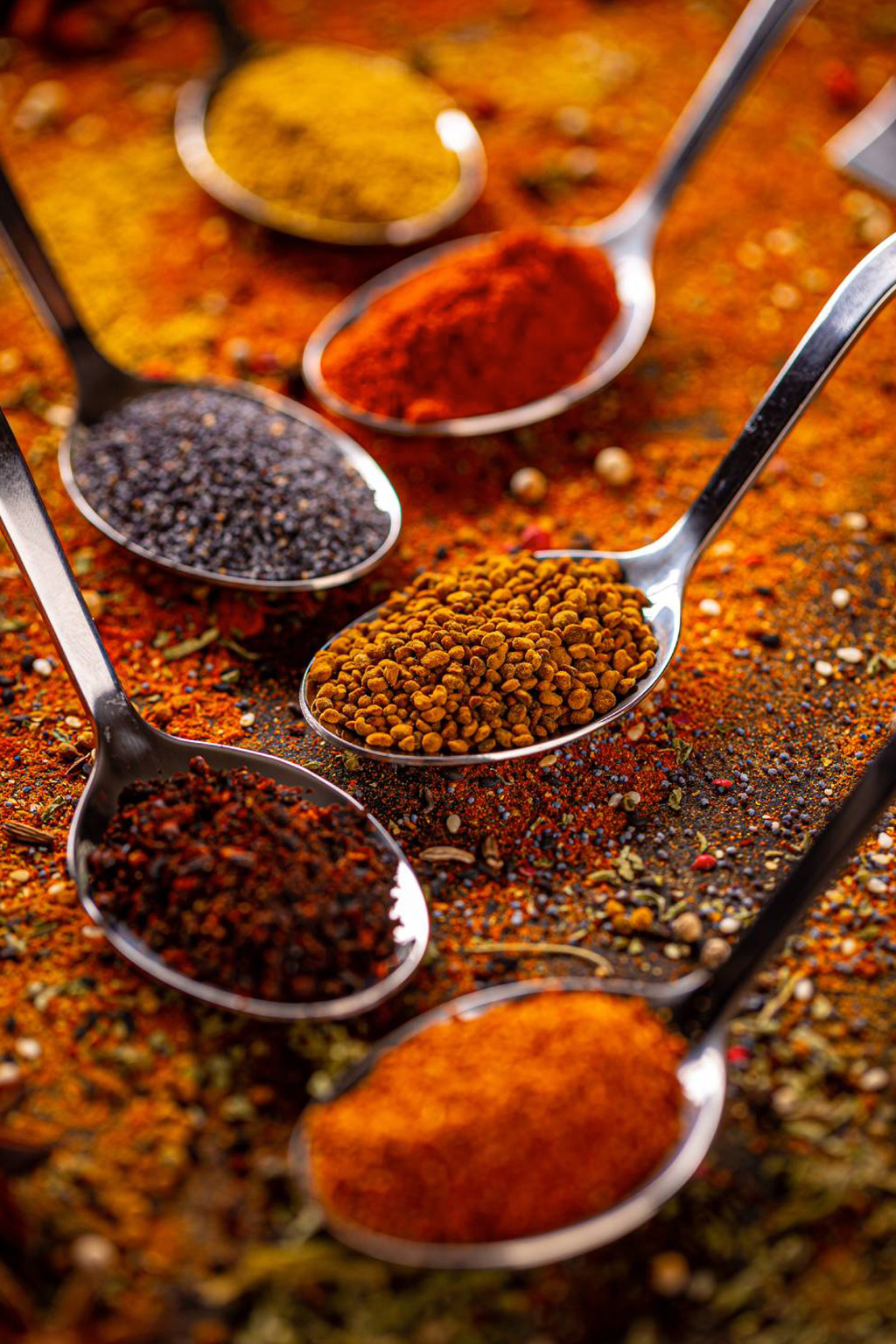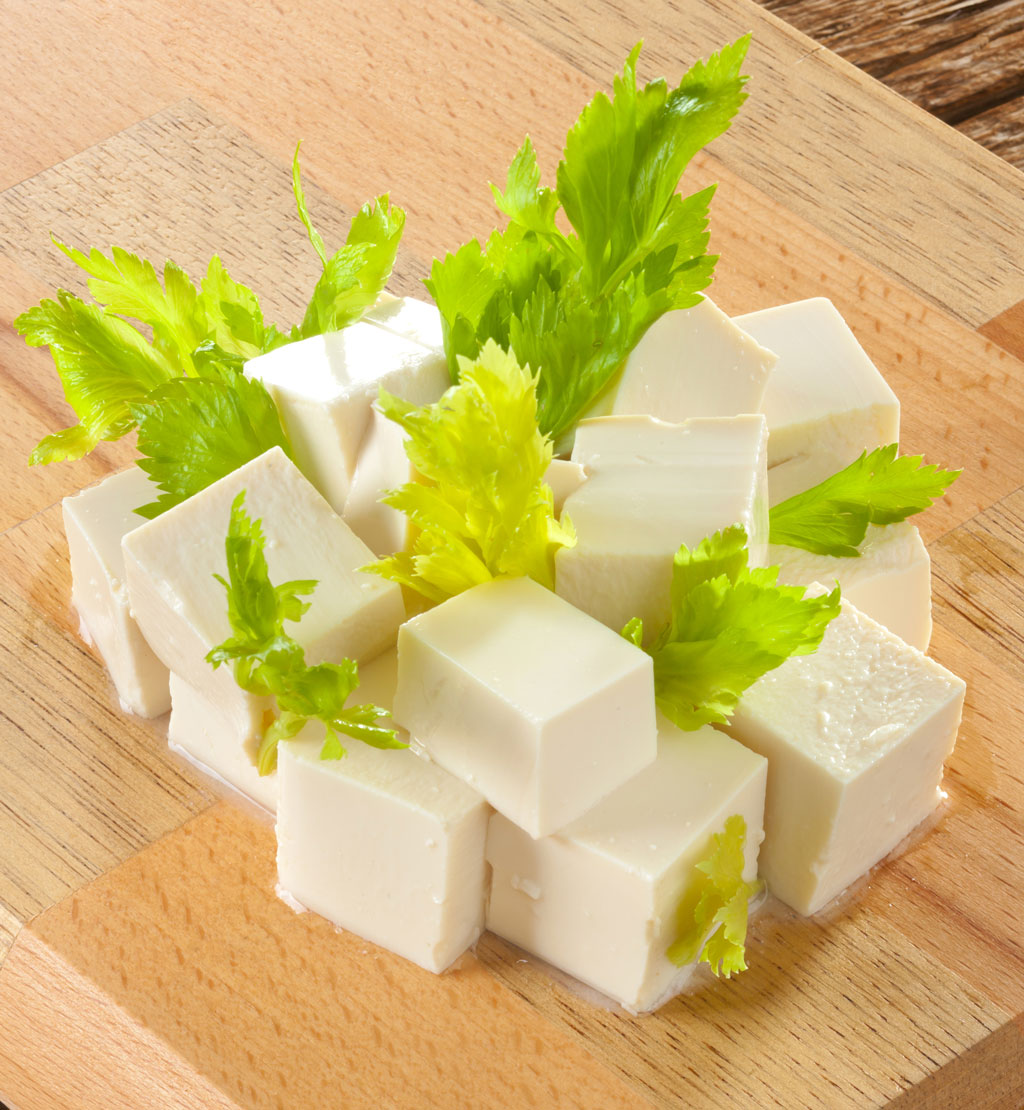Sashimi, as with any uncooked food, is never risk-free, but stringent controls mean properly prepared sashimi poses a low risk of infection.
“Sashimi-grade” fish
Fish used for sashimi are line-caught individually to slow quality degradation down and preserve them, they are immediately killed by Ikejime (活け締め). Ikejime is a Japanese way of preparing fish in which a spike is inserted quickly into the hindbrain, causing a quick death and minimizing stress. This is important to reduce lactic acid build-up, which degrades fish, then placed on ice to prevent bacteria from growing. To help grade fish, fish farmers, traders, and producers use a chemical test to measure how much the energy stores have been depleted, then value each fish based on freshness.
A bigger risk than bacteria comes from worms: these invade the living animal’s flesh and, if ingested, can burrow into our intestines, causing persistent diarrhea and pain.
Freezing kills these pathogens and “sashimi- or sushi-grade fish” is a term used to indicate that fish has been frozen to at least -20°C (-4°F) before the sale. Reassuringly, the types of tuna served as sashimi (bluefin, yellowfin, albacore, and bigeye) dwell in very deep cold waters, away from worms.
Eating sashimi in a reputable sushi restaurant that prides themselves on selecting only the finest quality fish, storing it at very cold temperatures, and being fastidious about hygiene is extremely safe. To enjoy sashimi at home without anxiety, it is important to do the same.




